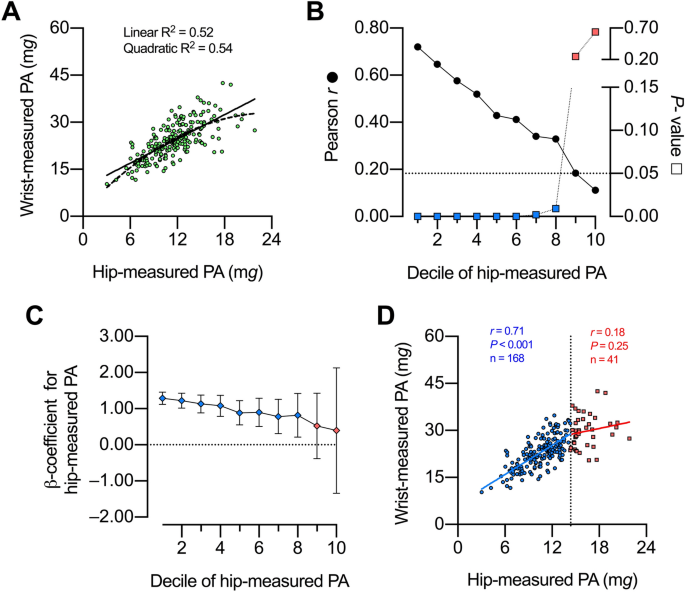I am familiar with Dr. Pontzer's work. He's let's say "eccentric." One study hardly reflects the status and consensus of scientific thought in the literature.
Both diet and exercise can be true and are likely true...the literature reflects the "wave and particle" notion. We Americans eat too much "garbage," foods with low levels of fiber, vitamins, antioxidants, and anti-inflammatory molecules for health (look for the rainbow). Regular exercise improves antioxidant enzymes (e.g., superoxide dismutase, glutathione peroxidase, thioredoxins), stress proteins (ex. heat shock proteins), longevity and metabolic regulators (Sirtuins: SIRT1, SIRT4), and autophagy - needed cellular cleanup and degradation and precedes protein synthesis
Also, keep in mind that obesity reflects a unique and rising subtype. Once one reaches obesity, the exercise benefits often diminish. In addition. when people become very sedentary, their caloric intake rises, not falls.
Steve Blair was in the College of Public Health at the University of South Carolina, and conducted dozens of studies in the area.
Although fitness and fatness measures showed a similar discriminative ability in predicting incident diabetes, unique to the study was the ability of the fit-fat index to demonstrate a better indication of incident risk when compared to fitness or fatness alone. A single index combining...

pubmed.ncbi.nlm.nih.gov
The human genome is adapted for hunting, gathering, and a bit of farming. That means physical exertion and work to obtain vital food as well as water. Of the 800 species of apes - high simians/primates 10M years ago we are one of the few survivors and only one left in our genus.
Genetic data suggests that physical activity is tied to foraging and hunting for food. In modern life there is very little biological motivation to be physically active.
When endurance runners stop exercising, their basal metabolism drops 10%
Impact of energy intake and exercise on resting metabolic rate - PubMed.
Dr. John Holloszy reported decades ago that when people become very physically inactive, their caloric consumption increases.
Animals in the wild that must be physically active for foraging and survival over the lifespan avoid sarcopenia (age-related loss of muscle mass) common in sedentary, older mammals, including humans:
Living in a box or call of the wild? Revisiting lifetime inactivity and sarcopenia - PubMed
Physical activity and nutrition are inseparable. Humans are around and can survive famines, because we can put on fat. But that is also our Achilles heel.
Caveat: In modern society, disruption of circannual rhythms and seasonal variation of daily spikes in insulin, cortisol, etc. have been adversely impacted by modern, sedentary life.








